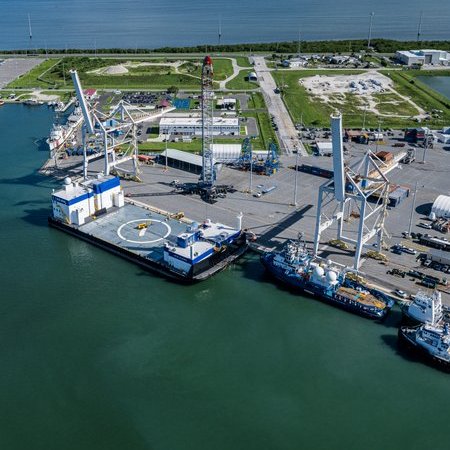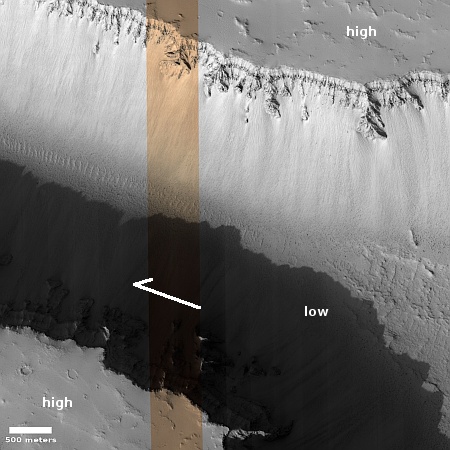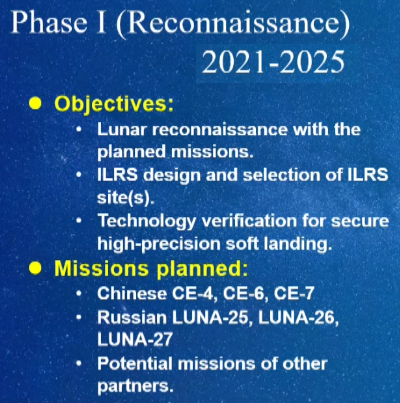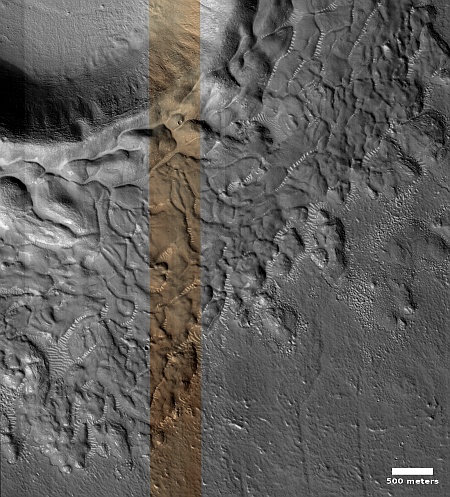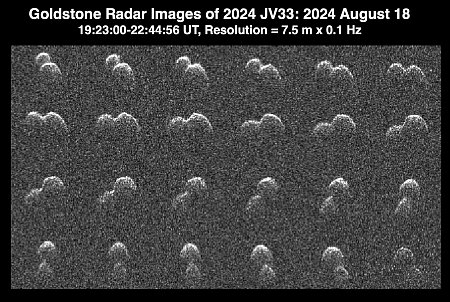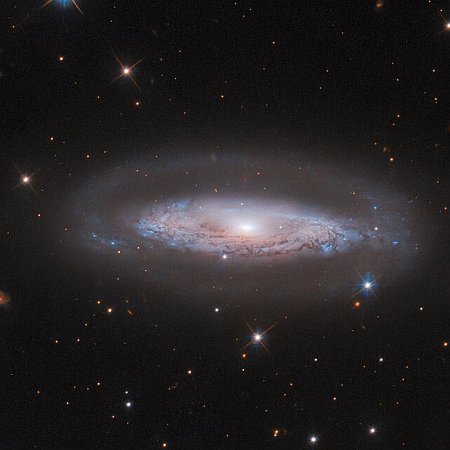China significantly expands its international partners for its planetary program
According to China’s state-run press, it has recently signed cooperative agreements with a significant number of new nations for either its International Lunar Research Station project (ILRS) or other deep space planetary missions.
During the opening ceremony of a two-day space conference held in Tunxi, east China’s Anhui Province on Thursday, the China National Space Administration (CNSA) and its counterpart in Senegal signed an agreement on International Lunar Research Station (ILRS) cooperation.
At the conference, China’s Deep Space Exploration Lab (DSEL) inked memoranda of understanding with 10 institutions from countries including Serbia, Switzerland, the United Arab Emirates, Indonesia, Pakistan, Panama and South Africa. Also among the institutions are the Belt and Road Alliance for Science & Technology, the Foundation for Space Development Africa, and Africa Business Alliance.
Senegal is now the thirteenth nation to join China’s lunar base project, following Azerbaijan, Belarus, Egypt, Kazakhstan, Nicaragua, Pakistan, Russia, Serbia, South Africa, Thailand, Turkey, and Venezuela. That partnership also includes about eleven academic or governmental bureaucracies.
The agreements involving China’s deep space exploration involve other missions to other planets, with those nations either providing science instruments or some other contribution. That Switzerland and the United Arab Emirates have signed deals suggests there is a rising desire in the west to team up with China because of its general success in space, compared to the problems other nations often experience when dealing with NASA and the U.S. If so, the competition will certainly heat up in the coming years. I hope in this competition that American private enterprise can make up for the failures of our government.
According to China’s state-run press, it has recently signed cooperative agreements with a significant number of new nations for either its International Lunar Research Station project (ILRS) or other deep space planetary missions.
During the opening ceremony of a two-day space conference held in Tunxi, east China’s Anhui Province on Thursday, the China National Space Administration (CNSA) and its counterpart in Senegal signed an agreement on International Lunar Research Station (ILRS) cooperation.
At the conference, China’s Deep Space Exploration Lab (DSEL) inked memoranda of understanding with 10 institutions from countries including Serbia, Switzerland, the United Arab Emirates, Indonesia, Pakistan, Panama and South Africa. Also among the institutions are the Belt and Road Alliance for Science & Technology, the Foundation for Space Development Africa, and Africa Business Alliance.
Senegal is now the thirteenth nation to join China’s lunar base project, following Azerbaijan, Belarus, Egypt, Kazakhstan, Nicaragua, Pakistan, Russia, Serbia, South Africa, Thailand, Turkey, and Venezuela. That partnership also includes about eleven academic or governmental bureaucracies.
The agreements involving China’s deep space exploration involve other missions to other planets, with those nations either providing science instruments or some other contribution. That Switzerland and the United Arab Emirates have signed deals suggests there is a rising desire in the west to team up with China because of its general success in space, compared to the problems other nations often experience when dealing with NASA and the U.S. If so, the competition will certainly heat up in the coming years. I hope in this competition that American private enterprise can make up for the failures of our government.

